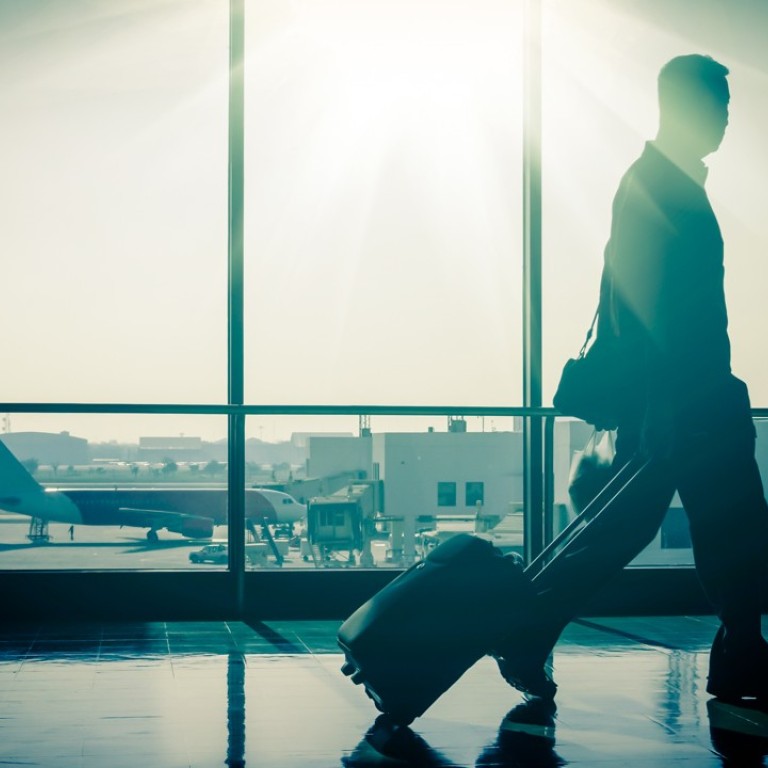
Seven travel tips for speeding through airport security, from portable battery standards to avoiding yogurt
No one likes queuing for airport security and when you’re in a rush it can be downright inconvenient. Make things easier for yourself – and your fellow passengers – with our handy guide to streamlining the process
Eight of the 20 busiest airports in the world are in Asia, according to aviation information service International Airport Review, which can mean lots of frustrating queuing to get through security in this part of the world. But are there ways that travellers can get through airport security faster?
How airlines decide who gets upgraded and what you can do to make it more likely to happen
Waiting times at security checkpoints depend on what airport you are at, whether you are arriving, exiting or in transit, and whether you are a local or a foreigner.
“I can land in Hong Kong and get from the door of the aircraft to my apartment door in Mid-levels in an hour, which is frankly pretty impressive compared to a lot of other airports at major cities,” says Jeffrey Lowe, managing director of Asian Sky Group and a frequent traveller. “I’m a Hong Kong resident so I can quickly pass through immigration’s e-channel, I don’t check luggage, and I use the Airport Express [train] to Central.”
To speed through airports around the globe it pays to know some quirks of the system. Here are a few:

Check in luggage
In a lot of ways, travelling light is great: you can save money on budget flights, you never lose your luggage, and you don’t have to wait at roundabouts after your flight. However, taking everything you need for a trip in a carry-on through security can slow things down. If everyone got on the plane with just a smartphone and checked in all of their luggage, security lines would go faster.
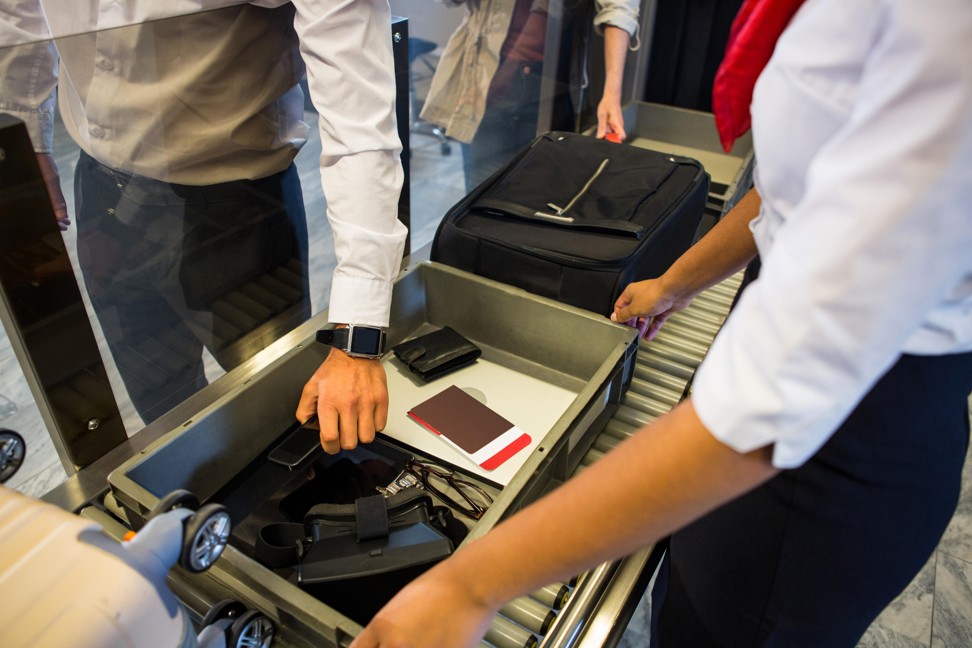
Streamline yourself
You can make the trip through security easier for yourself and those around you by making your jacket into a temporary bag. Put your phone, passport, belt and even tissues and receipts from your pockets into a zipped-up jacket pocket while you queue, and you can easily lay the whole thing in a tray when you get to the front. Wearing slip-on shoes and putting them in the tray, regardless of local rules, can also help rush things along.
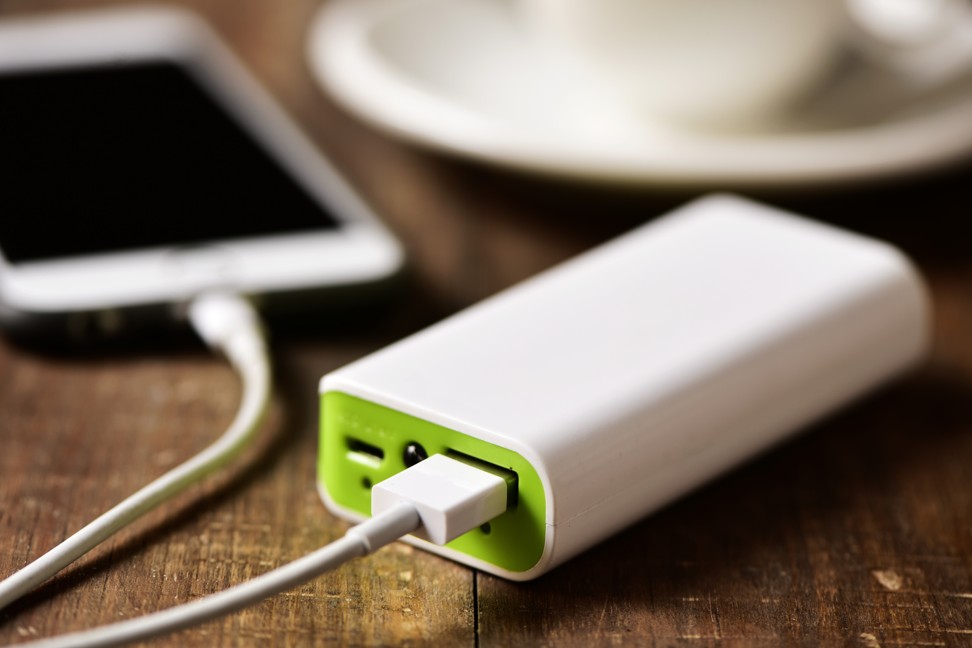
Forget portable power
What is, and what isn’t, acceptable to take on flights is down to individual airlines, but it is the International Civil Aviation Organisation (ICAO) that lays down the industry’s consensus on international civil aviation standards.
Why Hong Kong passengers are a flight attendant’s nightmare, and other cabin crew gripes
CAD says that carrying spare batteries over 100Wh (Watt hours), but not exceeding 160Wh, onto aircraft is fine. In China, however, the rules state that they shouldn’t exceed 100Wh, and the energy rating of the battery must be clearly displayed.
“The rules for lithium batteries seems to change from airport to airport, sometimes dependent even on the time of day, it seems,” Lowe says. “I have recently had far too many external power sources for my phone confiscated.” In practice, between 100Wh and 160Wh may be accepted depending on the airline.
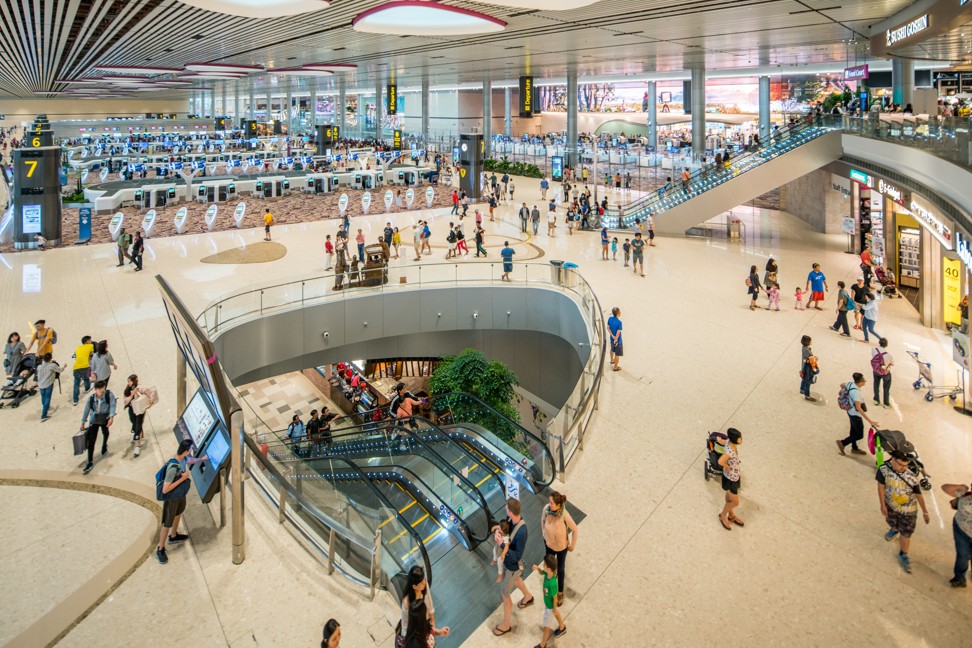
Choose Changi
Singapore’s Changi Airport is the only Asian airport on the list of the world’s top 20 busiest that is not already operating at capacity. It just opened its fourth terminal – though it’s already an easy and fast airport to transit – and there’s another terminal on the way for 2020. In contrast, all four China airports on the top 20 list are already at capacity for passenger traffic, as are Bangkok, Incheon and Tokyo, says Airports Council International.
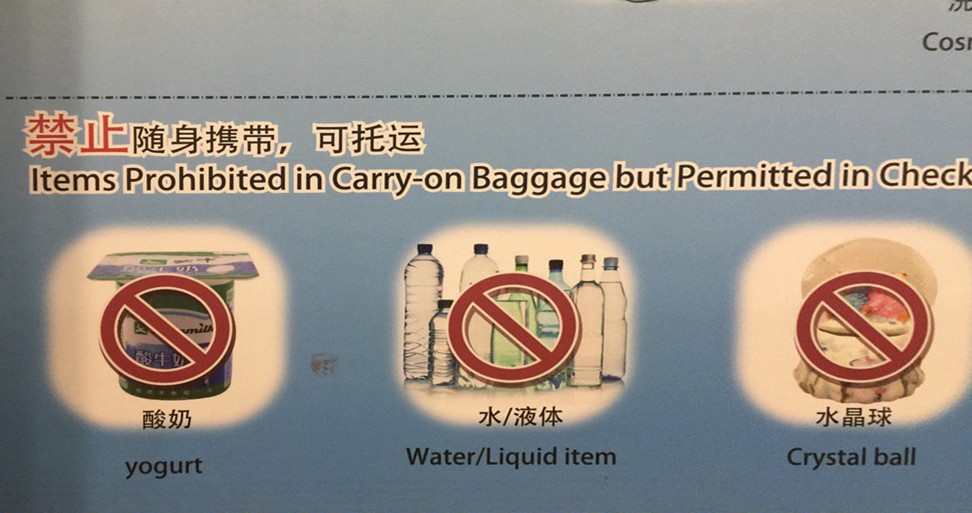
Leave your crystal ball at home
China may be an unpredictable country to travel through, but at least you don’t need to remove your shoes, and toiletries can remain in your bag. However, if you plan to predict future quirks in security procedures, leave your crystal ball at home – literally.
“China’s rules for on-board items are comical and mystifying at times,” Lowe says. “Liquids and knives I understand, but yogurt and crystal balls? This summarises the problem in China – rules vary, changes occur unannounced and sometimes make no sense.”
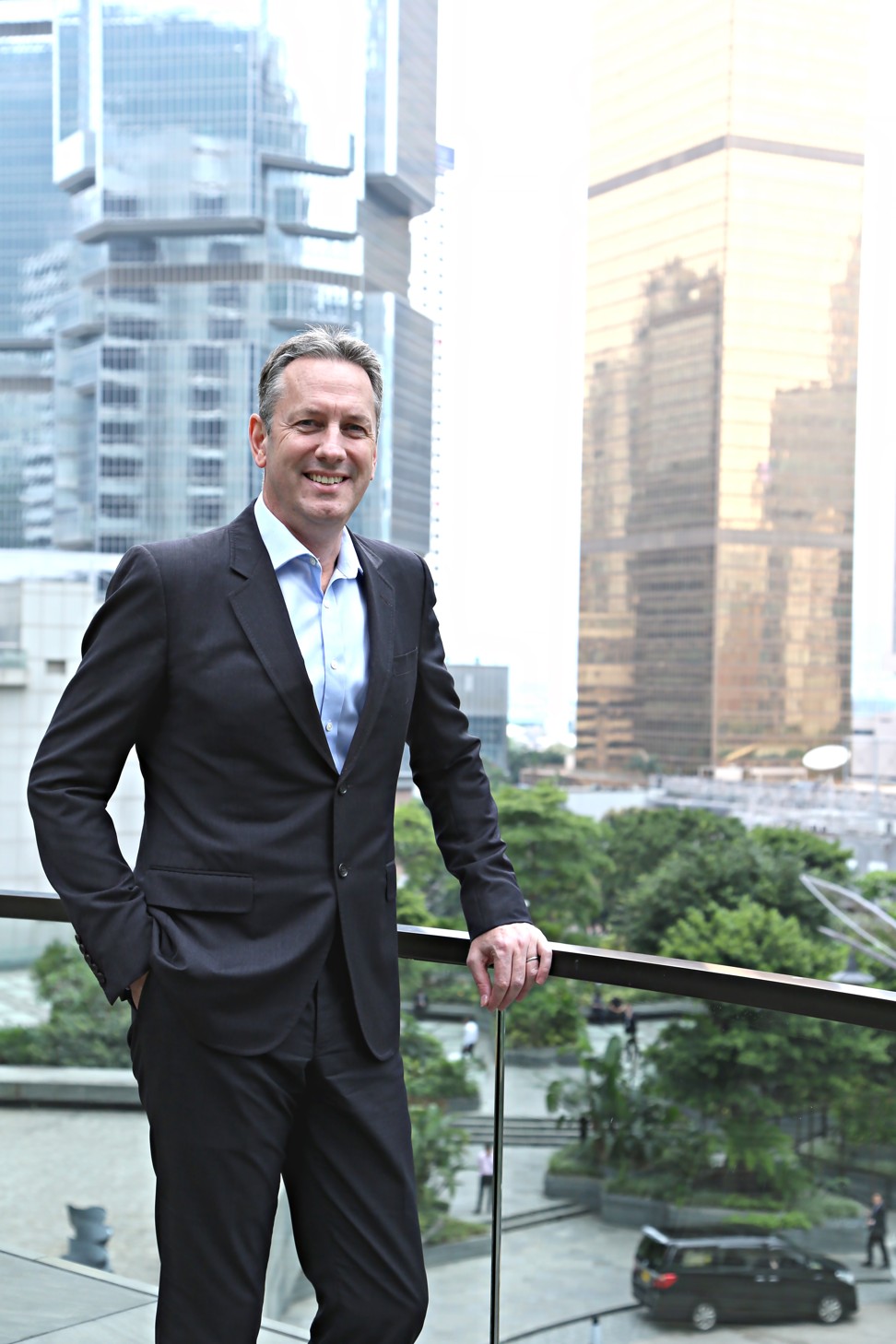
Avoid the United States
It is not capacity that’s a problem at US airports, but constantly changing security measures imposed by the US Department of Homeland Security – including additional screening of people and property.
Cathay Pacific Airways recently updated its website information for passengers flying from Hong Kong to the US. As well as suspending in-town check-in and self-service bag drop for passengers booked on direct flights to the US, the airline now asks passengers to check in their baggage at dedicated counters at Hong Kong International Airport (HKIA), where they will be subject to a short security interview. And that’s before you even get to the US.
The best things to do on a Singapore layover, from airport jacuzzis and street food to tropical exploration
Fly business and join the club
Premium and frequent fliers queue less. A number of airports have preferential VIP lanes for club members where you pay for faster access, including Hong Kong.
“We set up the HKIA Courtesy Channel this year,” said a spokesperson for Airport Authority Hong Kong. “The Courtesy Channel provides dedicated access and [a] security screening channel in the departure halls at Terminal 1 and Terminal 2 to facilitate passengers with special needs, including those with reduced mobility, pregnant passengers, [the] elderly, those travelling with infants, among others.”
This service is also available for airlines to use for their invited passengers, which includes those flying in business or first class.

